Frederica Freyberg:
In other difficult news, opioid overdose deaths are reaching all-time highs, with Fentanyl remaining the leading cause. But in a hopeful trend, harm reduction interventions have meant deaths have not doubled, as was feared without such efforts. Zac Schultz has more.
Zac Schultz:
Fire Station 31 in South Milwaukee isn’t used to respond to fire calls anymore, but the firefighters inside are still dealing with emergencies. Captain Dave Polachowski says this cabinet is where they store the HOPE Kits they distribute to opioid users.
Dave Polachowski:
We have a few things inside here. Most importantly for harm reduction we have Narcan inside of here.
Zac Schultz:
Polachowski runs the MORI program, the Milwaukee Overdose Reduction Initiative. They follow up every drug overdose call and attempt to provide help, but lately many overdoses have been fatal. On April 4th the fire department called a press conference to announce there have been 17 fatal ODs in just three days. But that was just the beginning.
Dave Polachowski:
That was a rough couple days. A lot of fatal overdoses. Like we said, the 17, which I think one of the oldest one being like 83 years old which is really unheard of. Right after that, I think, I believe we had another 17 within I think four to five days after that. So you had over 30 in about a week period which is just a horrific number for, you know, a city our size.
Zac Schultz:
Polachowski says there were more than 640 fatal overdoses last year and the number would’ve been higher if it weren’t for the harm reduction measures like free Narcan and Fentanyl testing strips.
Dave Polachowski:
Otherwise, I’m sure we would be well over a thousand here in the county. But that was a — that was a kick in a stomach. With all that we’re doing, when you see something like that happen in such a short time, it’s like, ah, you know, what are we doing here?
Zac Schultz:
What should we be doing differently? I mean, there’s an increase in the amount of assistance that’s out there. There’s the testing strips, there’s the Narcan, there’s programs like this and yet we’re still seeing this, this dramatic increase.
Dave Polachowski:
Yeah. I don’t know if I have an answer to that, to be honest.
Ryan Gorman:
It’s shocking, right?
Zac Schultz:
Ryan Gorman is an addiction counselor for Community Medical Services. He says the people in the drug using community don’t need a press conference to understand what’s happening.
Ryan Gorman:
They’re aware of it, I think, in a much more real sense than the rest of us are experiencing it.
Zac Schultz:
Gorman says drugs are being cut with other substances to increase their narcotic effect.
Ryan Gorman:
The supply is tainted and it’s not getting better. The prevalence of actual heroin is almost nonexistent from what we see. Urinalysis and just word on the street. It just doesn’t exist anymore. So the presence of fentanyl and then fentanyl being adulterated with even more complicating substances being added to that, I think, that’s the — that’s what’s responsible for the sharp increase in overdoses.
Zac Schultz:
The latest ingredient being added to drugs is xylazine, most commonly used as an animal tranquilizer. But since it’s not an opioid, Narcan won’t reverse its effects.
Dave Polachowski:
I think it’s very serious and a part that’s really scary about it is the fact that Narcan doesn’t work on it.
Zac Schultz:
But Gorman doesn’t want people to lose focus about what’s causing the fatalities.
Ryan Gorman:
And I really want to be explicit about it. It doesn’t present the same degree of danger as fentanyl. Fentanyl is still the thing that’s killing people en masse, right? It is a very, very dangerous drug.
Zac Schultz:
As the opioid epidemic grows, the way we handle the impact has to change as well. For Captain Polachowski, that means going to the user and offering them ways to be safer.
Dave Polachowski:
People call it enabling. We don’t look at it like that. We say it’s enabling you to stay alive until you are willing to get treatment. So while some people look at having Narcan out in the community is you’re just allowing people to use more drugs. Well, if the Narcan isn’t there, they’re going to potentially die and never get the help that they need.
Zac Schultz:
For Ryan Gorman, that means opening up this new medication assisted treatment center in Pewaukee where the waiting room contains a table for kids who are there with a parent.
Ryan Gorman:
The vast majority of our patients are gainfully employed, family, lots of homeowners, renters, yeah. They’re not the person that most people picture.
Zac Schultz:
How much of the social view of drug use and how to do harm reduction has changed as drug use has moved out of certain populations and are already stigmatized?
Dave Polachowski:
Yes.
Zac Schultz:
And become more known in suburbs, in wealthier areas among people who have more privilege.
Dave Polachowski:
Well, you know what, it’s funny. I mentioned that before. I’ve been everywhere in the county. In some areas where you just say, “Ah, you know, it doesn’t happen over [there.]” It absolutely happens there.
Ryan Gorman:
I think people attribute the rise in overdoses in the suburbs to there suddenly being opioids here, and that’s not my experience. Right? I grew up in the suburbs and they’re always — they’ve always been there. They’re just more dangerous.
Zac Schultz:
Reporting from Milwaukee, I’m Zac Schultz for “Here & Now.”
Search Episodes
News Stories from PBS Wisconsin

Donate to sign up. Activate and sign in to Passport. It's that easy to help PBS Wisconsin serve your community through media that educates, inspires, and entertains.
Make your membership gift today
Only for new users: Activate Passport using your code or email address
Already a member?
Look up my account
Need some help? Go to FAQ or visit PBS Passport Help
Need help accessing PBS Wisconsin anywhere?

Online Access | Platform & Device Access | Cable or Satellite Access | Over-The-Air Access
Visit Access Guide
Need help accessing PBS Wisconsin anywhere?

Visit Our
Live TV Access Guide
Online AccessPlatform & Device Access
Cable or Satellite Access
Over-The-Air Access
Visit Access Guide
 Passport
Passport







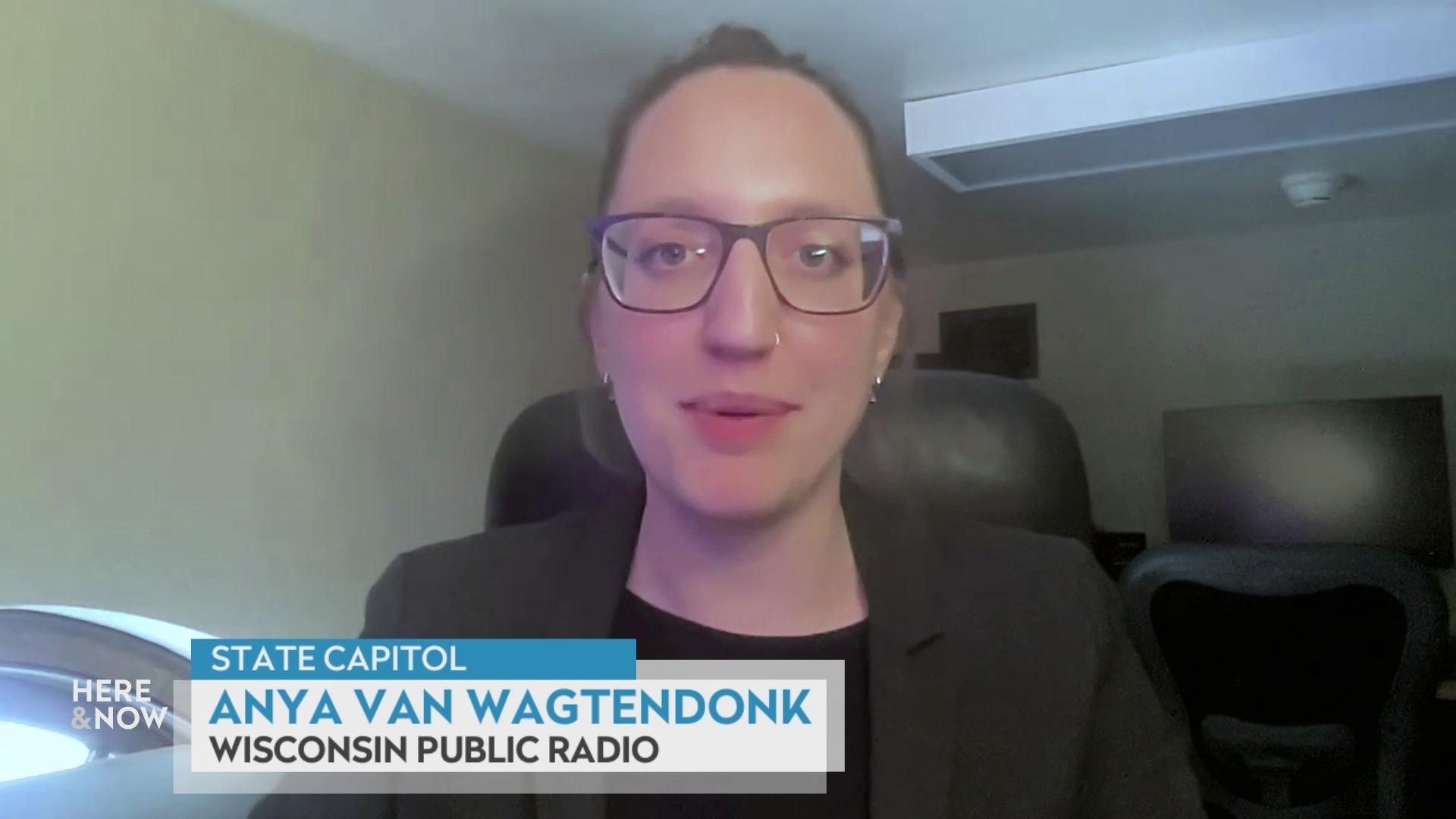
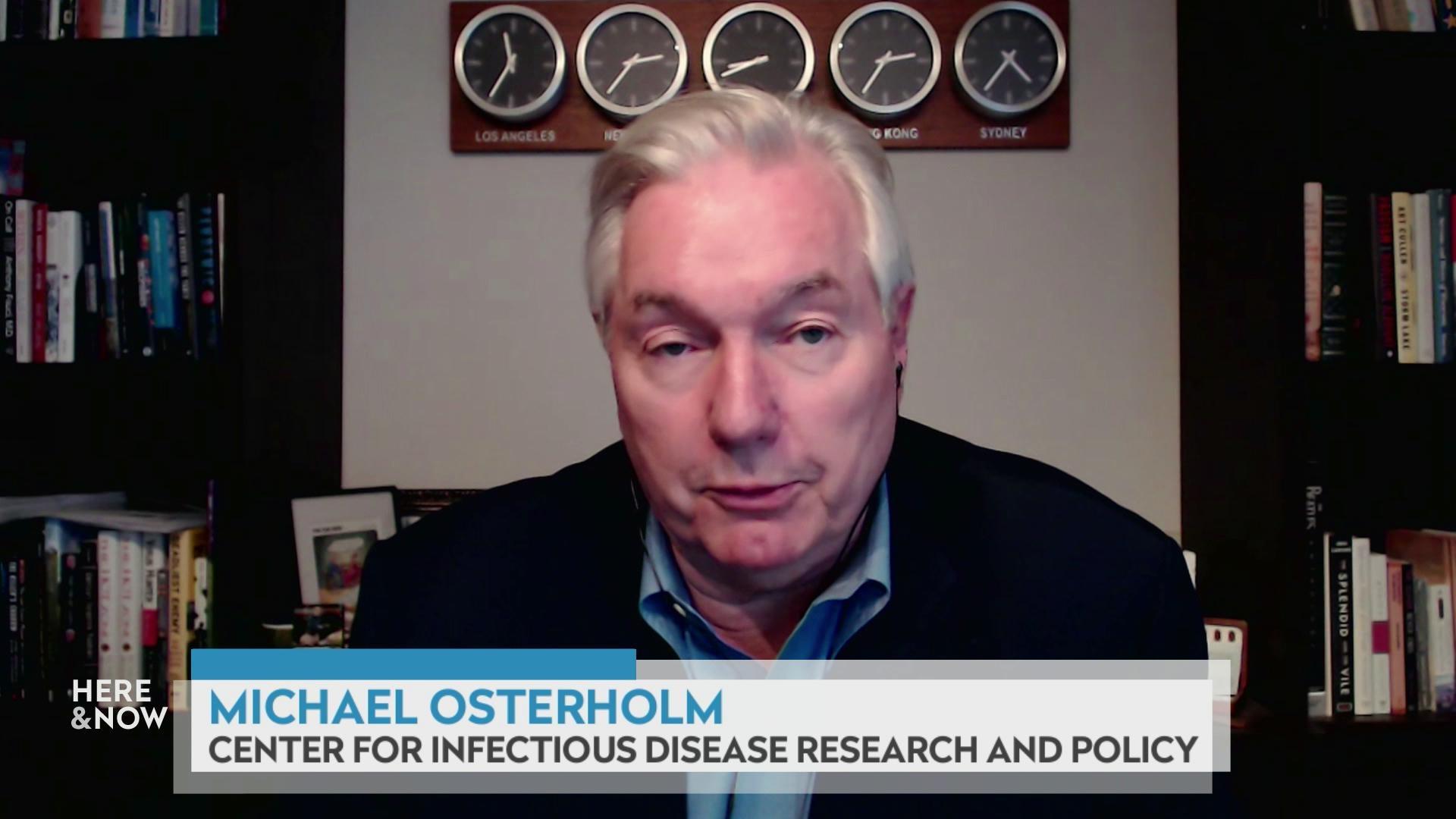
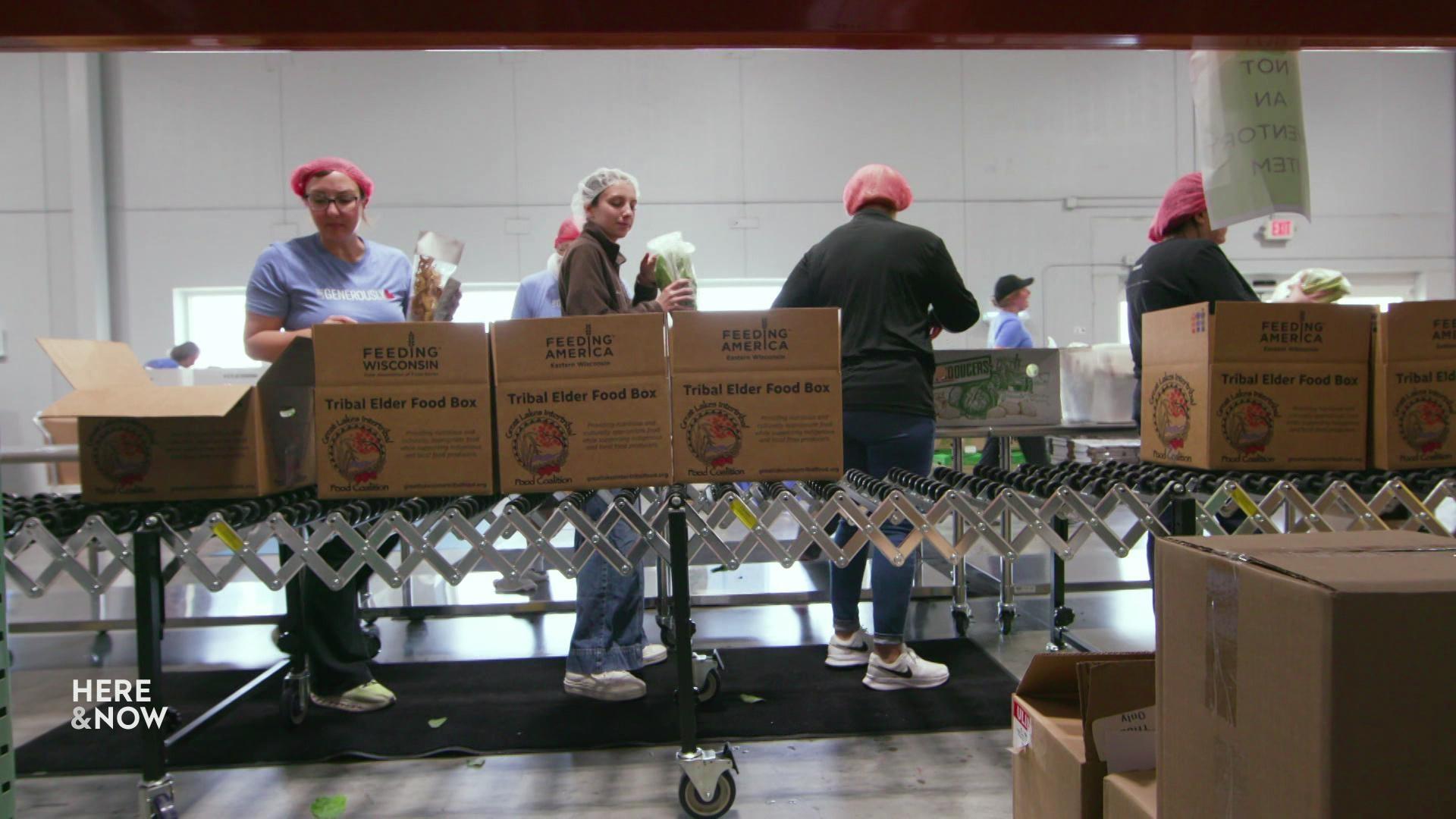

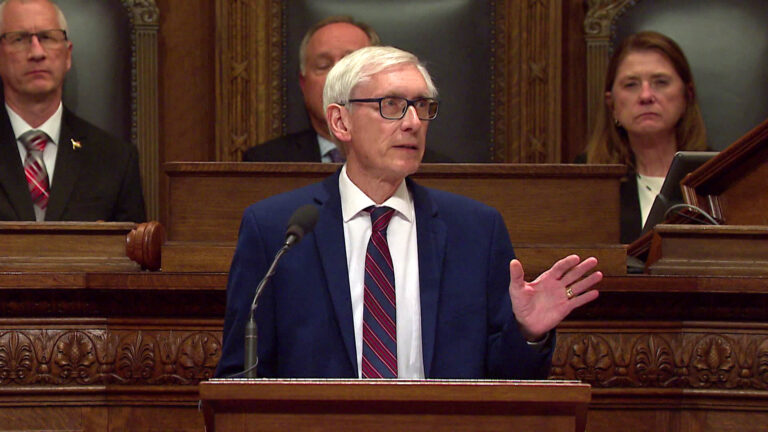
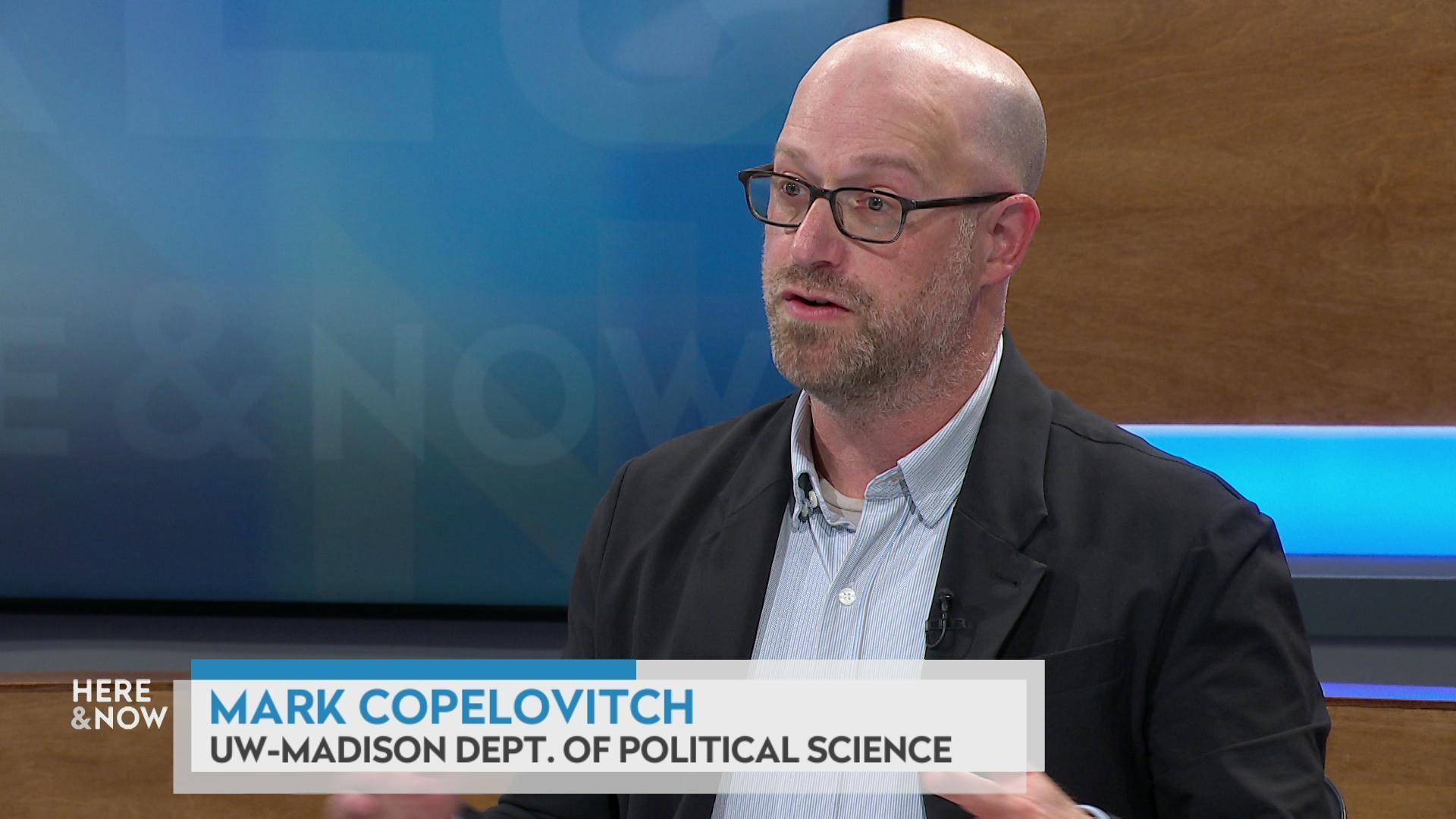
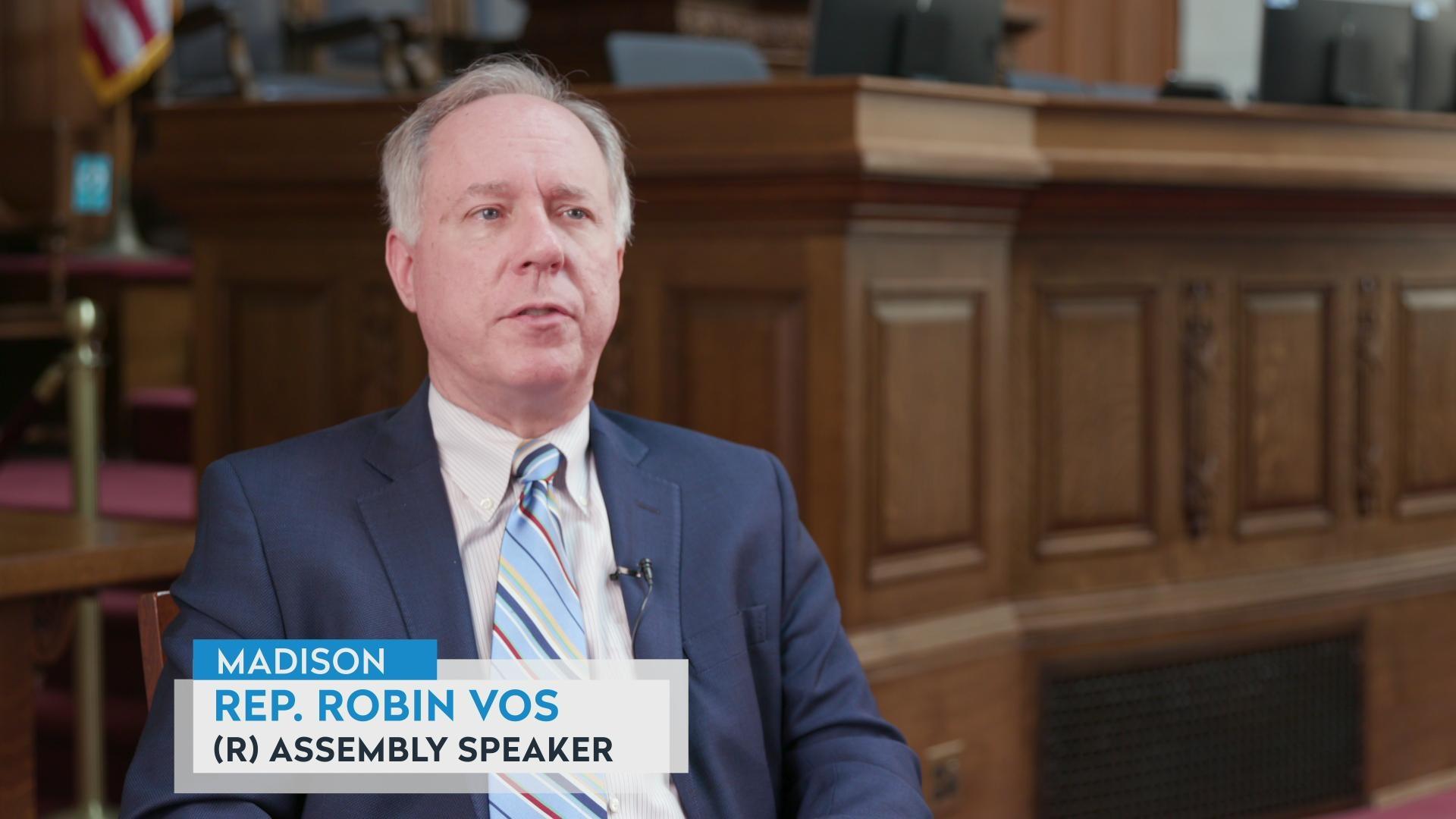
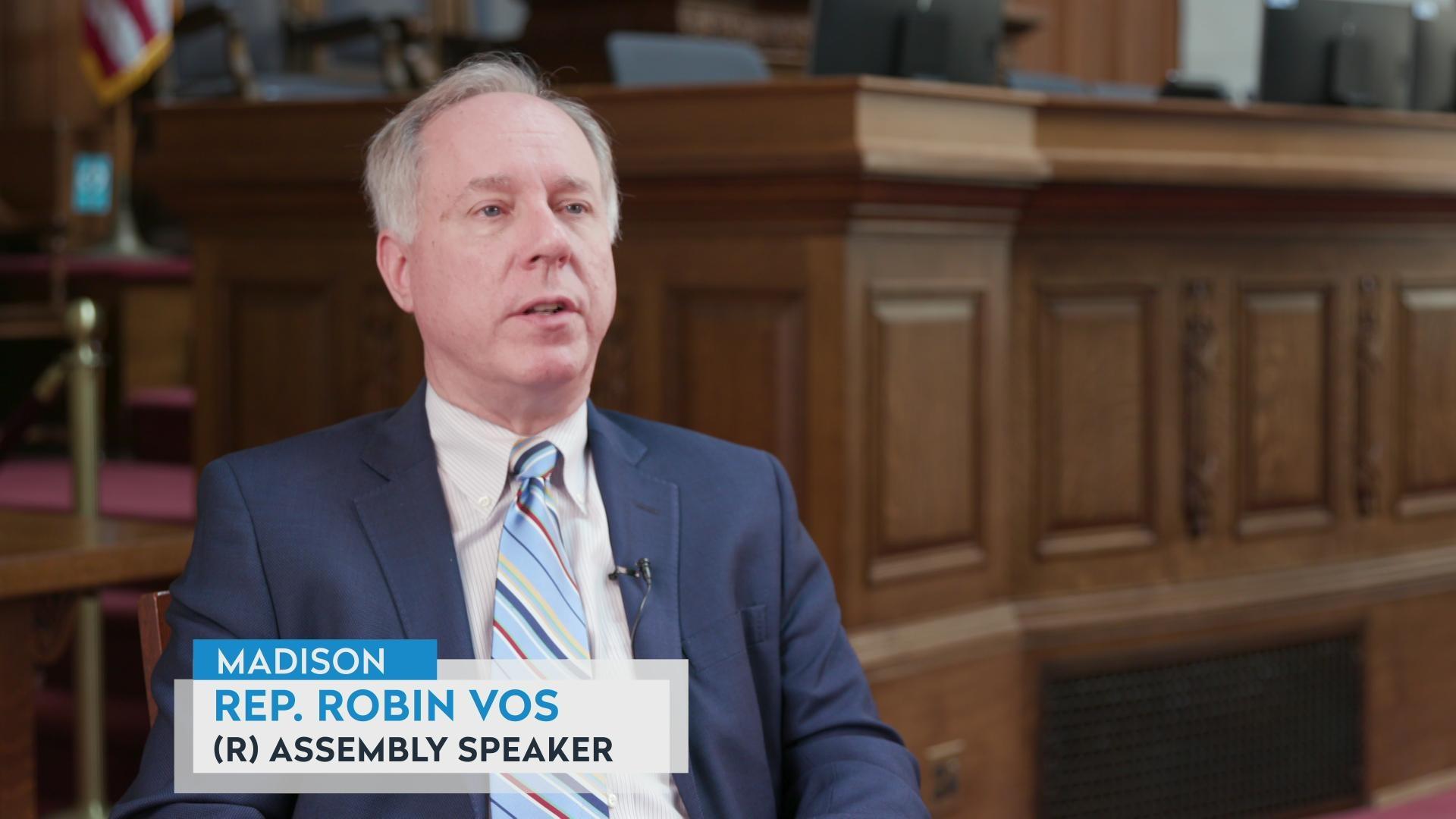
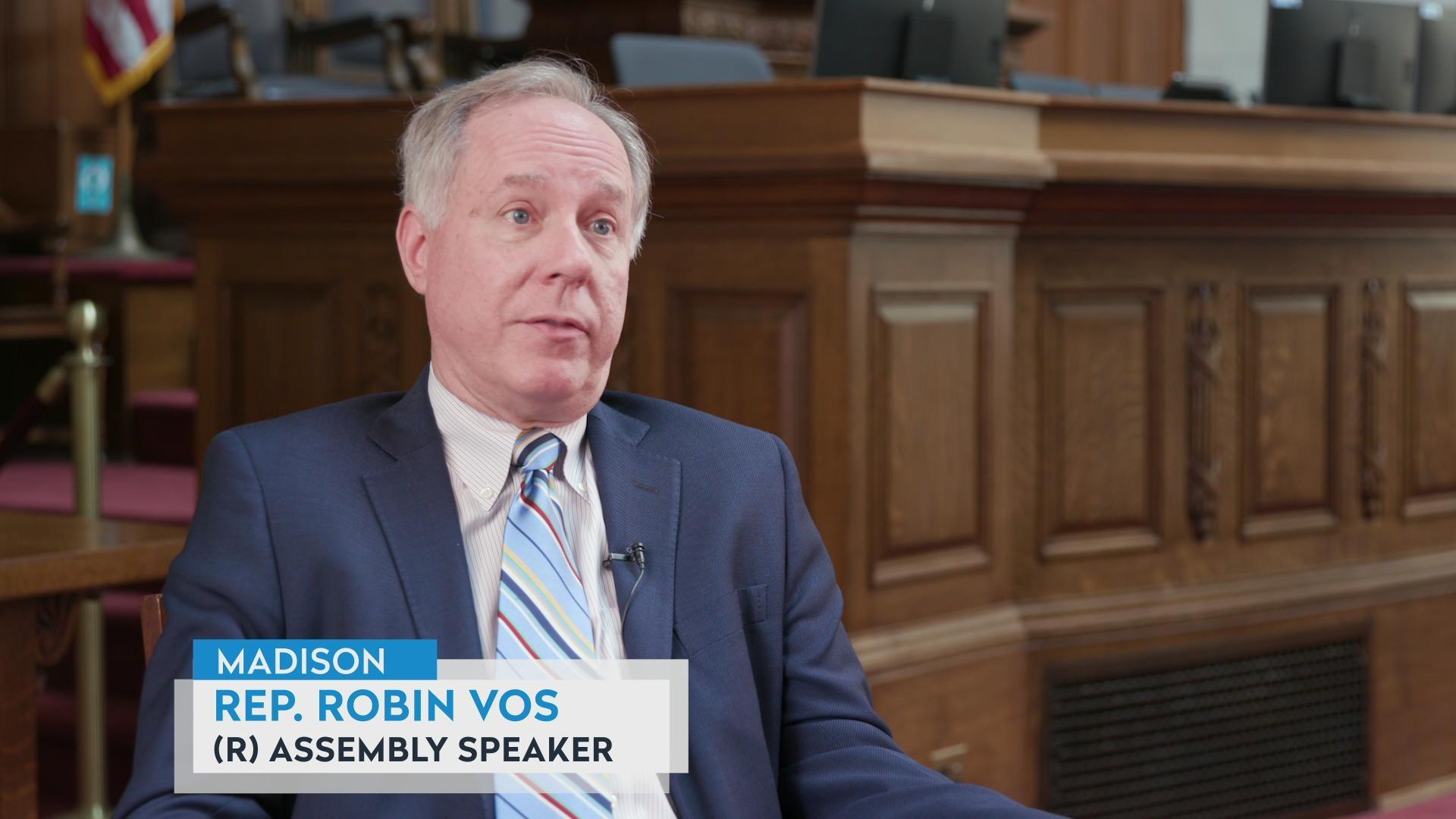


Follow Us